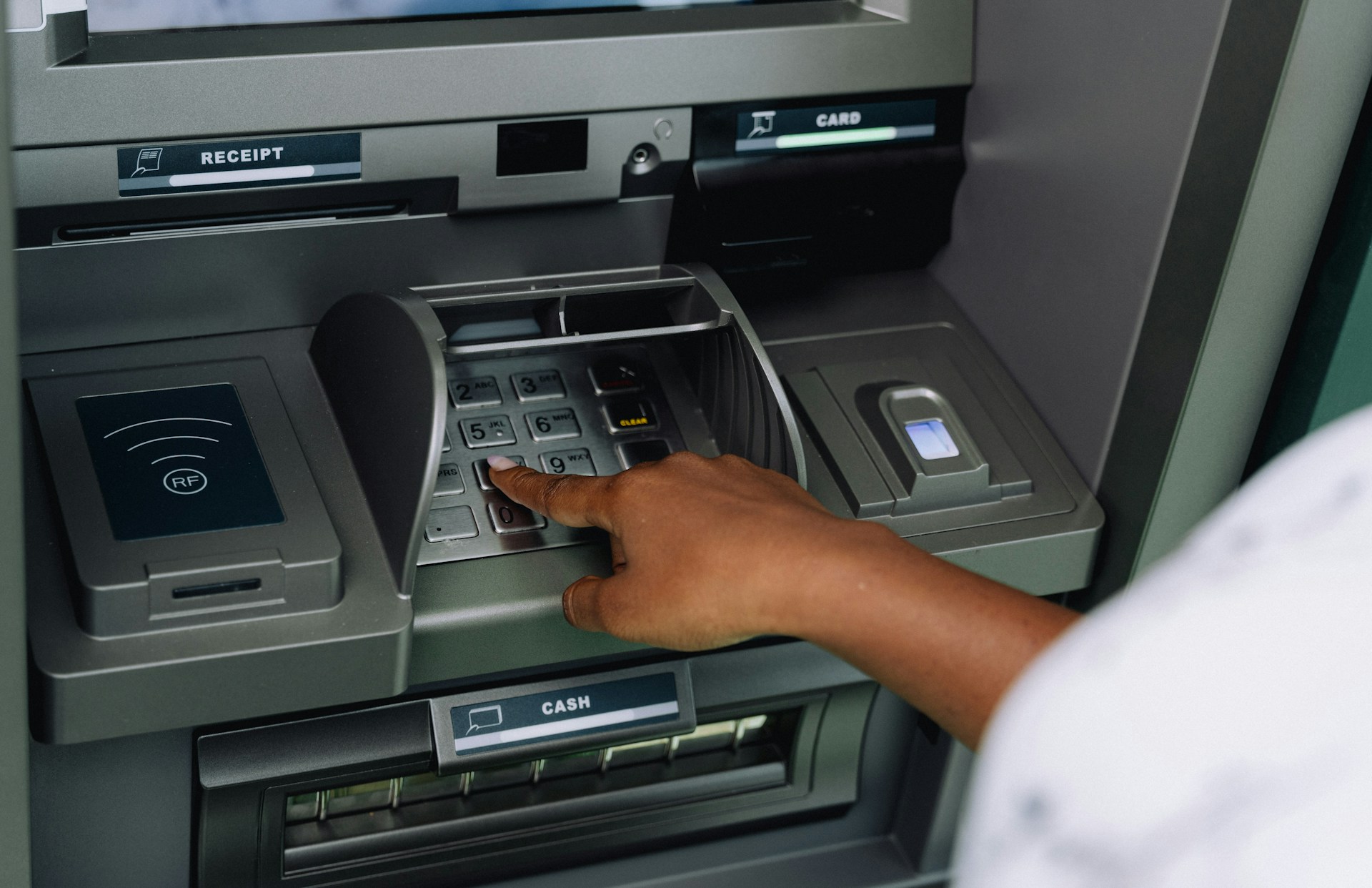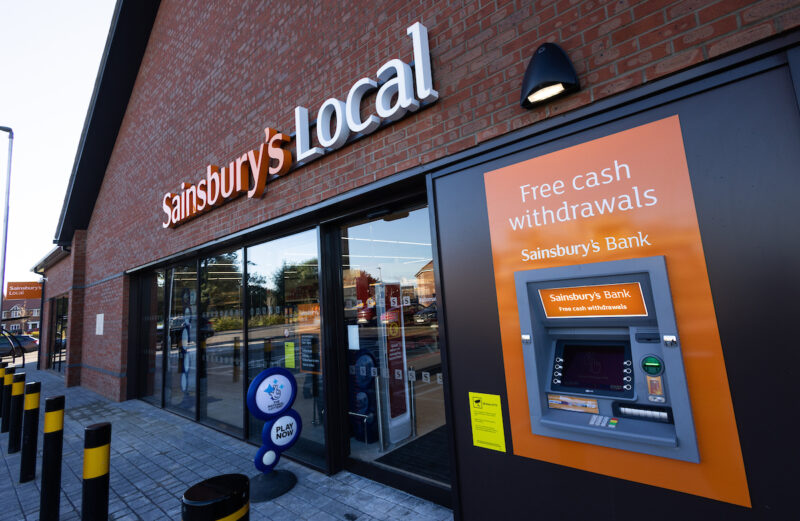ATM Outsourcing Trends 2025

The ATM industry is undergoing a significant transformation, driven by economic pressures, technological innovation, regulatory demands, evolving customer expectations, and the need for greater efficiency and security. While the global ATM count has seen a modest 2% annual decline for three consecutive years, according to the 2024/25 ATM & Self-Service Software Trends Report, reliance on ATMS remains strong.
There are still approximately three million ATMs currently in operation worldwide. Only 12% of banks reported decreased reliance in the past year, while 57% maintained the same level, and 31% actually increased their reliance on ATMs.
Beyond simple cash delivery, the role of the ATM is diversifying. The report indicates that 39% of banks now view ATMs as supporting a broad range of self-service transactions, such as deposit services. Furthermore, 29% believe ATMs play a crucial role in maintaining a physical presence in local communities, especially as traditional branches consolidate, and 16% highlight deposit acceptance as a key additional function
Driving Factors for Pooling and ATM Outsourcing
Financial institutions have long grappled with the cost and complexity of owning and managing extensive ATM networks, and this challenge is amplified by several factors reshaping the banking landscape. The strategic shift towards ATM outsourcing to third-party providers like Brink’s, or the adoption of ATM pooling initiatives is driven by a complex interplay of economics and regulatory mandates, particularly those concerning “access to cash.” The overarching trend of reduced ATM withdrawal volumes (the UK witnessed its peak in 2015) has increased the ATM unit and per-transaction costs for bank-owned ATMs. As ATM volume declines, owning and operating an ATM network has become an increasingly costly proposition.
Simultaneously, banks are strategically redirecting their investments towards digital channels, moving away from physical infrastructure like branches and ATMs. The ATM channel is no longer considered a ‘core’ business, and displaying a bank’s ‘brand’ on the ATMs is no longer a necessity in the digital age.
Many banks and financial institutions are finding that their in-house ATM channels are not profitable, exacerbated by their inability to control interchange fees and the difficulty of increasing usage fees for customers. They are increasingly looking to monetize their existing ATM networks by divesting them to private deployers.
Notable examples include large banks in Ireland and Greece divesting their off-branch ATM fleets, and a major banking group in France divesting its entire ATM fleet. This trend contributes to the global expansion of privately owned ATMs, now accounting for 60% of ATMs in both the UK and India. These specialized providers can operate networks at lower costs, presenting an attractive value proposition in a declining market.
The rising number of complaints from end-users regarding declining ATM estates has prompted regulators to intervene, mandating measures to guarantee ‘access to cash’. Meeting this regulatory burden becomes considerably less expensive through shared responsibility via pooling or outsourcing compared to individual compliance.
ATM Pooling
ATM pooling is gaining traction globally, with successful initiatives in Scandinavia, the Netherlands, Belgium, and increasingly in the UK, Ireland, France and Germany. In South America, TecBan in Brazil is one of the largest ATM pooling organizations in the world.
The benefits of ATM pooling are multi-faceted, primarily revolving around enhanced efficiency and cost reduction. By sharing ATM infrastructure, banks achieve lower operational costs across deployment, cash handling and security, benefiting significantly from economies of scale.
Rationalizing ATM placement also mitigates the issue of duplicate machines in close proximity, which in turn optimizes routing for cash-in-transit services, lowers maintenance overheads and leads to a more streamlined overall operation. This broad accessibility can also lead to reduced fees for users and ensures higher ATM uptime due to distributed maintenance responsibilities.
By pooling resources, banks can deploy ATMs in underserved or rural areas where it might not be financially viable for a single bank to operate, extending banking services and improving financial inclusion to a broader population. The efficiency gained through ATM pooling is undeniable, but while it offers greater financial inclusion and accessibility, it is important to note that it typically involves a longer time to market.
ATM Outsourcing
ATM outsourcing is becoming increasingly common as banks seek to lower costs, reduce liability and improve efficiency. Many banks globally now outsource their ATM estates, often in ‘waves’ across different countries. The ATM-as-a-Service model allows banks to offload the entire operational burden, including hardware ownership and P&L responsibility, enabling them to focus on strategic activities while specialists manage their ATM operations.
The 2024/25 ATM & Self-Service Software Trends Report found that 30.5% of banks outsource operational monitoring and management, with approximately 15% of banks having fully outsourced their ATM responsibilities. 44% of respondents reported using third-party providers for outsourced ATM management.
An illustrative example is Geldmaat, a shared ATM network in the Netherlands owned by ABN Amro, Rabo Bank and ING. They outsourced 750 coin devices to Brink’s, who now provide the full ATM outsourcing solution.
Hybrid Models: The Best of Both Worlds?
ATM outsourcing is ideal for banks and financial institutions looking to reduce operational burdens and leverage specialist expertise. It offers a shorter time to market compared to ATM pooling. Conversely, ATM pooling is beneficial for cost efficiency and increased accessibility, but it requires complex agreements, technological integration and a longer implementation time.
Overall, the trend is moving towards hybrid models. These combined factors are forcing banks to re-evaluate traditional ATM ownership, favoring collaborative or outsourced models that promise greater cost-effectiveness, regulatory compliance and a more optimized service delivery. Banks are increasingly merging ATM estates and then outsourcing specific services or parts of the network to specialized vendors.
Both ATM pooling companies and ATM outsourcing providers have their place. They represent fundamental shifts in enabling banks to navigate the complexities of cash management efficiently and securely. Pooling strategies can help banks and financial institutions adhere more easily to ‘cash access’ regulations and manage stakeholders. Whereas ATM outsourcing providers can help maximize cost savings and improve ATM uptime by managing the day-to-day ATM services, including cash and hardware ownership and all necessary software and transaction processing.
Cash Management and Recycling Strategies
ATM Cash management remains a significant cost for banks, accounting for up to 10% of operating costs. This economic pressure, combined with regulatory demands for continued access to cash, is the main driver behind the shift towards outsourcing and ATM pooling. To optimize cash management and reduce expenses, cash recycling technologies are gaining traction, with 44% of banks planning to implement them. Similarly, 37% of banks are exploring other technologies like cash forecasting.
ATM Security Remains a Top Priority
ATM Security is still a huge concern for banks and ATM deployers, with 42% of banks citing ATM fraud like card theft and data compromise as their primary threat, and a further 23% concerned about physical hardware attacks. This is exacerbated by new PCI mandates (effective from 1st January 2025) requiring updated encrypting PIN pads (EPPs) and software (TR-31 key blocks) for enhanced data encryption. Non-compliance risks ATMs becoming non-operational, further incentivizing outsourcing, as providers are responsible for maintaining compliance.
Beyond physical security, Artificial Intelligence (AI) is increasingly deployed to enhance ATM security by analyzing data and identifying fraud patterns. 37.5% of banks are planning to use AI for this purpose, while 28% see AI as a means to advance personalization in banking, which in turn enhances the user experience.
The ATM industry is far from static. It’s a dynamic landscape characterized by strategic maneuvering, continuous technological innovation and evolving partnerships. Banks and financial institutions are striving to maintain a robust and modern ATM presence, while significantly reducing their operational burden and improving services for customers.
To discover more out how Brink’s AMS can help, please feel free to get in touch.







